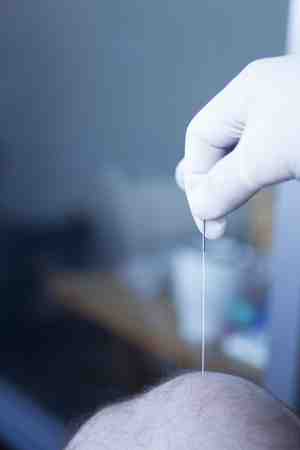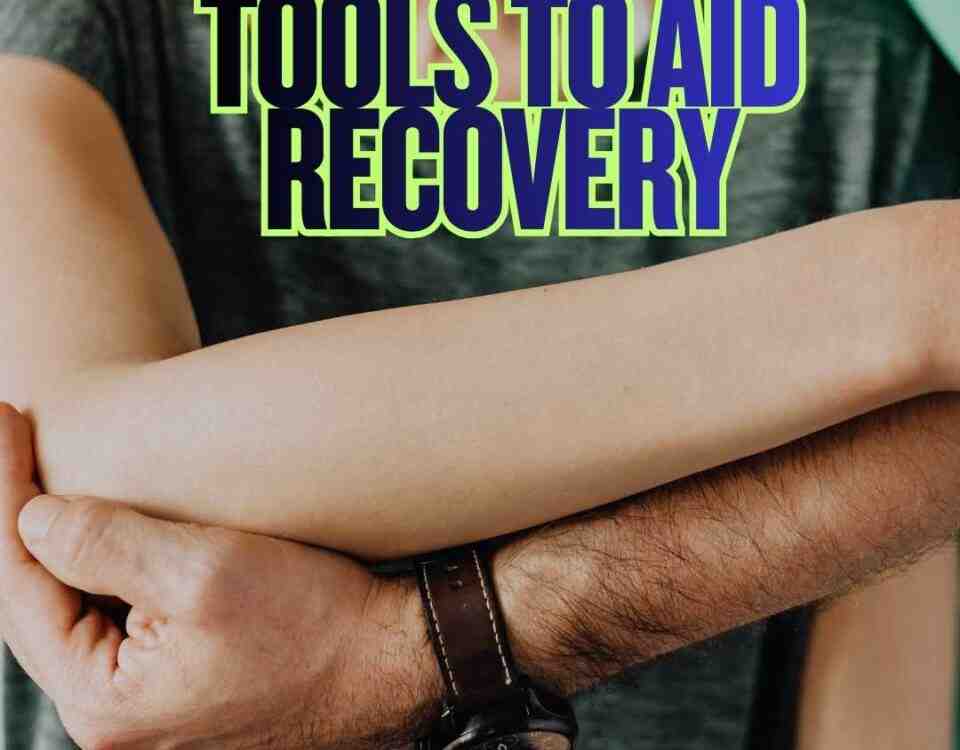Acupuncture vs Dry Needling? What is the difference?

Scoliosis vs Lateral Shift
February 26, 2024
Understanding Normal and Abnormal Spinal Curves
March 1, 2024Acupuncture vs Dry Needling? What is the difference?
Dr. Aaron Workman, a member of one of the highest rated auto injury medical care facilities in Kentucky, speaks candidly about the difference between acupuncture and dry needling.
Working with injured patients over the years in various clinical settings, I have often been asked about acupuncture and more recently dry needling. At Chambers Medical Group, we have incorporated dry needling as a part of a patient’s healing process after suffering a motor vehicle accident. It is not indicated for everyone, but patients often ask what the difference is compared to acupuncture. Acupuncture and dry needling are both techniques that involve inserting thin needles into the skin to relieve pain and improve function. While they may seem similar, there are distinct differences between the two. Let us look at the basics.
Acupuncture:
Acupuncture is a Chinese healing art that has been practiced for thousands of years. It is based on the principles of traditional Chinese medicine, which views the body as a network of meridians or pathways through which vital energy flows. According to this belief, illness and pain occur when the energy flow is disrupted or blocked. Acupuncture aims to restore balance by stimulating specific points along these meridians with needles.
During an acupuncture session, a practitioner will insert thin needles into specific points on the body. These points are believed to correspond to different organs and systems in the body. The needles may be manipulated manually or stimulated with electricity to enhance the effect. Acupuncture is commonly used to treat a variety of conditions, including chronic pain, stress, anxiety, and digestive disorders.
Dry Needling:
Dry needling is a modern therapeutic technique that is primarily used to treat musculoskeletal pain and dysfunction. It involves inserting thin needles, similar to acupuncture needles, into trigger points or tight bands of muscle tissue. These trigger points are areas of hyperirritability within muscles that are associated with pain and restricted movement. Following most motor vehicle accidents this pain and restricted movement are common. We utilize this technique along with various other therapies to address this pain and restricted movement.
Unlike acupuncture, which is based on traditional Chinese medicine principles, dry needling is rooted in Western medicine and neurophysiology. The goal of dry needling is to stimulate these trigger points to release tension and alleviate pain. The term dry needling refers to the fact that no medication or solution is injected into the body during the procedure.
4 Main Differences:
- Philosophy: Acupuncture is based on the principles of traditional Chinese medicine and the concept of balancing energy, while dry needling is rooted in Western medicine and focuses on neurophysiological mechanisms.
- Treatment Approach: Acupuncture targets specific acupuncture points along meridians to restore balance and promote healing throughout the body, whereas dry needling targets trigger points in muscles to relieve localized pain, spasm and help restore motion.
- Needle Insertion: In acupuncture, needles are typically inserted at various depths and angles depending on the specific acupoints being targeted. In dry needling, needles are inserted directly into trigger points within muscles.
- Who Performs: Acupuncture is usually performed by licensed acupuncturists who have received specialized training in traditional Chinese medicine. Dry needling is typically performed by various doctors or other healthcare professionals who have undergone specific training in the technique.
For our clinical purposes, directly dealing with those injured in motor vehicle accidents, we find dry needling to be a fantastic adjunct therapy included in our services. It has become another great tool in helping those injured get back to enjoying life again.
— This article is written by Aaron Workman, DC, one of the members of Chambers Medical Group’s team of car accident chiropractors who offer a variety of treatments and therapies ranging from diagnostic testing to various soft tissue therapies for car accidents and injuries in Kentucky.
Have you been in a car accident? If you or somebody you know has been in a car accident, be sure that you seek medical attention from a car accident doctor or car accident chiropractor to treat your injuries. Visit Chambers Medical Group to receive world-class medical treatment for your injuries.
Chambers Medical Group has car accident medical clinics in the following locations:
- Car Accident Medical Clinic in Tampa
- Car Accident Medical Clinic in Plant City
- Car Accident Medical Clinic in Brandon
- Car Accident Medical Clinic in Lakeland
- Car Accident Medical Clinic in Sarasota
- Car Accident Medical Clinic in Louisville
- Car Accident Medical Clinic in Lexington
- Car Accident Medical Clinic in Florence




